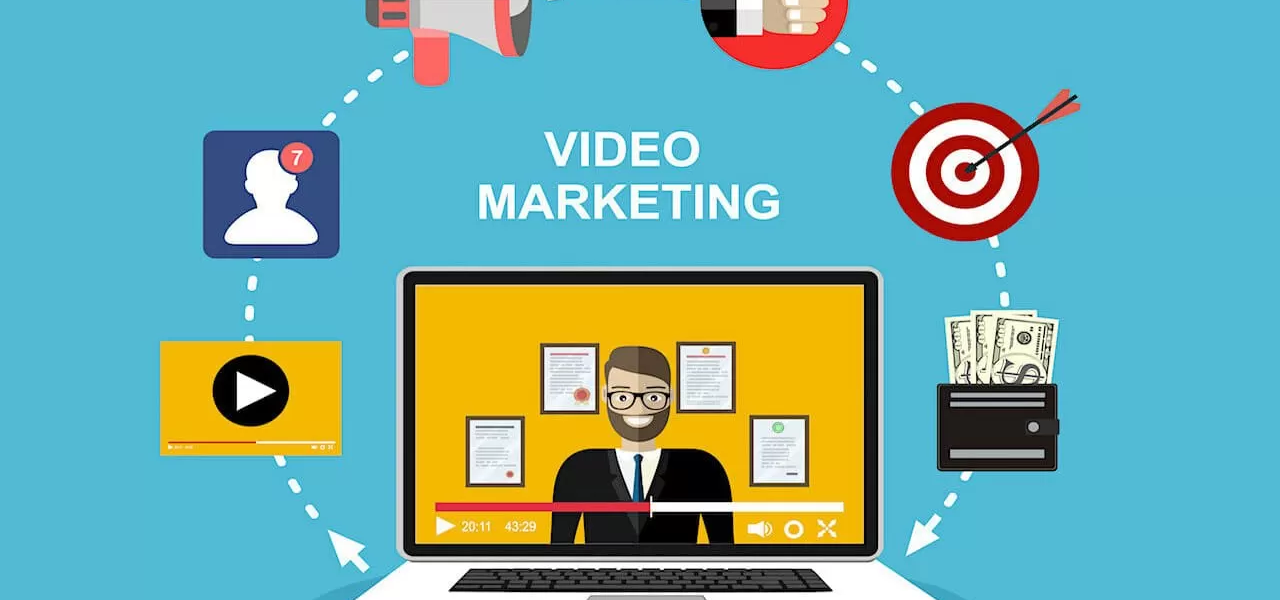1. Introduction: Why Video is Dominating Digital Marketing
In the fast-evolving digital landscape, video has become the most powerful and engaging way to capture attention, tell stories, and drive action. With platforms like YouTube, TikTok, and Instagram Reels exploding in popularity, brands are increasingly using visual content to connect with audiences in a more personal, visual, and memorable way—making it an essential pillar of any modern digital marketing strategy.
2. How Visual Content Boosts Customer Engagement
Video captures attention faster and holds it longer than any other form of content. Its dynamic combination of visuals, sound, and movement stimulates multiple senses at once, making it easier for viewers to absorb and retain information. This creates a deeper connection between the brand and the audience, encouraging longer time spent on websites and higher interaction rates on social media.
Additionally, this form of visual media drives emotional engagement. Whether it’s a heartfelt brand story, a behind-the-scenes look, or a customer testimonial, such content helps humanize your brand and build trust. According to HubSpot, video on landing pages can increase conversion rates by up to 80%, proving its ability to move viewers from interest to action more effectively than static content.
3. Video Content Formats That Convert
Different video formats serve different stages of the customer journey, and knowing which to use can significantly impact your marketing success. Explainer clips, for example, are perfect for introducing a product or service clearly and concisely. Meanwhile, short-form videos on platforms like TikTok or Instagram Reels are ideal for boosting brand awareness and engagement with younger, mobile-first audiences.
Live streams, tutorials, and testimonials offer authenticity and build credibility, especially in the decision-making phase. According to a study by Animoto, 93% of businesses gained a new customer because of a video posted on social media. Choosing the right format allows brands to tailor their message, increase watch time, and drive more conversions effectively.
4. How Visual Media Improves SEO Performance
Integrating video into your website can significantly improve your search engine rankings. Google prioritizes pages with rich media, and videos increase dwell time—a key SEO metric. Adding visual content to landing pages or blog posts can reduce bounce rates and boost visibility in search results, especially when optimized with relevant titles, descriptions, and transcripts.
5. Case Studies: Brands Winning With Video
Many top brands have leveraged video to achieve remarkable results. For instance, Dollar Shave Club’s quirky launch clip went viral, gaining over 12,000 new customers in just two days. Similarly, Nike consistently uses powerful storytelling in their video campaigns to connect emotionally with audiences and reinforce brand loyalty—proving that when done right, visual media can deliver both reach and revenue.
6. Conclusion: Embracing the Power of Video
In a world where attention is currency, video stands out as the most effective way to inform, inspire, and influence. Whether you’re looking to boost engagement, improve SEO, or increase conversions, incorporating this form of visual content into your digital marketing strategy is no longer optional—it’s essential for staying relevant and competitive in today’s online landscape.
7. FAQs About Video in Digital Marketing
Q1: What types of videos work best for marketing?
Explainer clips, testimonials, product demos, and short-form social videos tend to perform best, depending on your audience and platform.
Q2: Do I need professional equipment to create effective videos?
Not necessarily. Many brands create engaging videos using just a smartphone and good lighting. Authenticity often matters more than high production quality.
Q3: How long should a marketing video be?
Keep it concise. Aim for 15–60 seconds for social media, and under 2 minutes for most marketing clips. Focus on delivering value quickly.
Q4: Where should I post my marketing videos?
Distribute your videos on platforms where your audience is active—YouTube, Instagram, Facebook, LinkedIn, and your own website or email campaigns.




